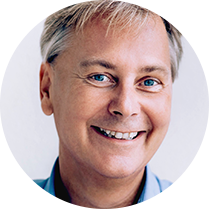Celebrity Case Reports Part 4: Christiaan Barnard, arthritis and the race for the first heart transplantation
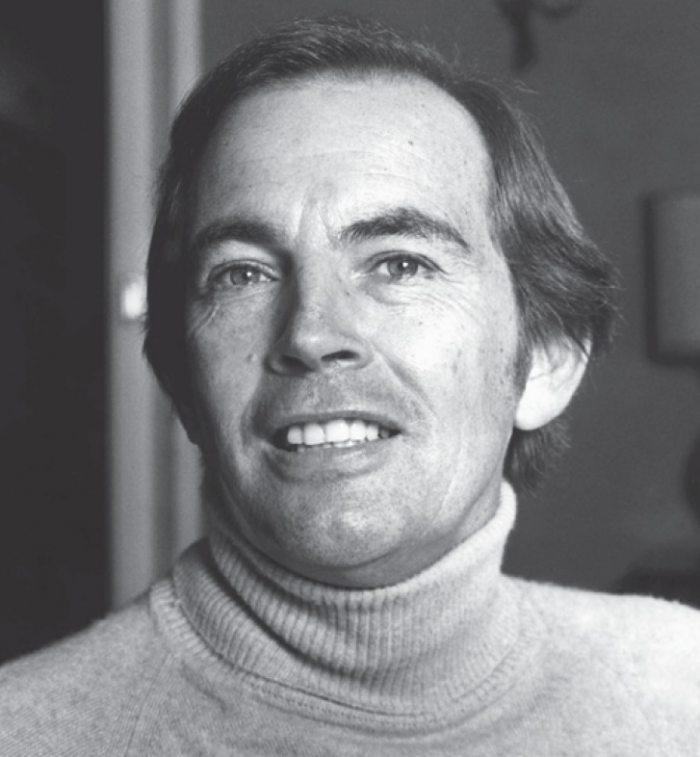
Christiaan Bernard was in agony, his feet were aching and his hands were numb. As he positioned the aortic cannula a sudden wave of pain shot through his body. His hand slipped - causing the cannula to detach. A surge of blood filled the surgical field. At the same time - only a few steps away the explanation team was waiting to remove the heart of the 24-year-old Clive Haupt.
Will a bleeding complication stop Christiaan Barnard from writing history once again?
Proof of concept
In the end, all went well and Philip Blaiberg survived to become the first patient with a transplanted heart who was discharged from the hospital. The 59-year dentist was the second patient on whom Barnard performed heart transplantation - the third transplantation worldwide. Philip Blaiberg lived 19 months and it was now evident: heart transplantation “works”.
Race for the first transplantation
But Christiaan Barnard was not the only surgeon who dreamt of transplanting a heart. Professor Norman Shumway and his close associate Richard Lower from Stanford University were the true pioneers at the time. In hundreds of experiments and surgical procedures in dogs they tested and refined the concept of heart transplantation. And then there was Adrian Kantrowitz, a cardiac surgeon from the Maimonides Hospital in New York, who believed that babies were less likely to trigger organ rejection. He too was in the starting blocks to perform a transplantation.
The race for the first heart transplantation was on.
At that time, Barnard received a scholarship, which brought him from the Groote Shuur hospital in Cape Town to the University of Minnesota where he was mentored by the world-famous cardiovascular surgeon Clarence Walton Lillehei.
But his postgraduate training was overshadowed by a grim diagnosis. After experiencing episodes of joint pain Christiaan Barnard was diagnosed with arthritis.
Rheumatoid Arthritis
The diagnosis of rheumatoid arthritis hung like the “sword of Damocles” over the career of Christiaan Barnard. How much time does he have left to achieve greatness?
Rheumatoid arthritis is an autoimmune disease that primarily affects the joints. Without proper treatment up to 90% of all patients develop persistent joint destruction within 10 years, sometimes leading to severe disability. Today with the new therapeutic options (i.e. non-biologic- biological and targeted DMARDS) the patient’s prognosis has significantly improved. Early diagnosis and therapy are essential, though, to prevent the patients from mutilation. Musculoskeletal (MSK) ultrasound has clear benefits in identifying early inflammation as well as structural changes in joints and soft tissues. Moreover, it can be helpful in differentiation to other diseases.
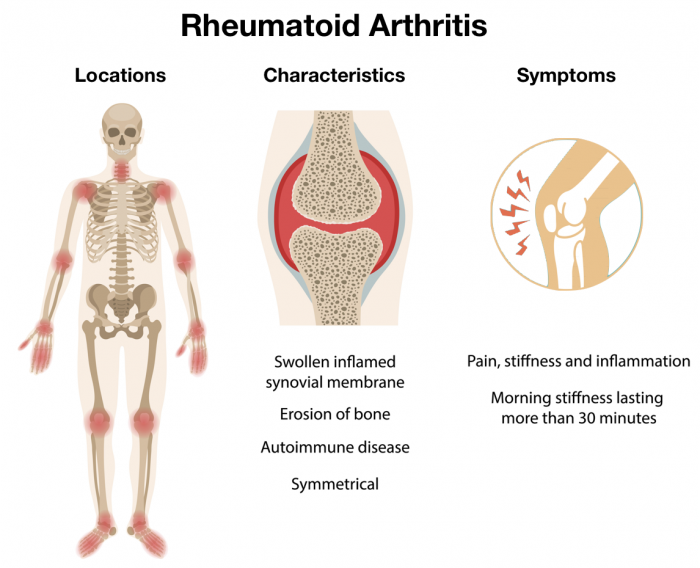
Rheumatoid arthritis typically most commonly affects the metacarpophalangeal joints of the hands, the wrists, the proximal interphalangeal joints of the hands as well as and small joints of the feet. Rheumatoid arthritis can also affect the big joints like shoulders, elbows, knees, and ankles.
Ultrasound of the joints
MSK ultrasound was not invented at the time Barnard got his diagnosis but it could have helped to establish the diagnosis a lot earlier.
Typical findings on ultrasound in rheumatoid arthritis include:
- Synovial hypertrophy
- Hypervascularity in color Doppler assign for acute inflammation
- Tenosynovitis
- Synovial and tenosynovial effusion
- Structural damage like bone erosions, loss of cartilage or tendon tears
- Soft tissue edema
- Rheumatoid nodules and synovial cysts
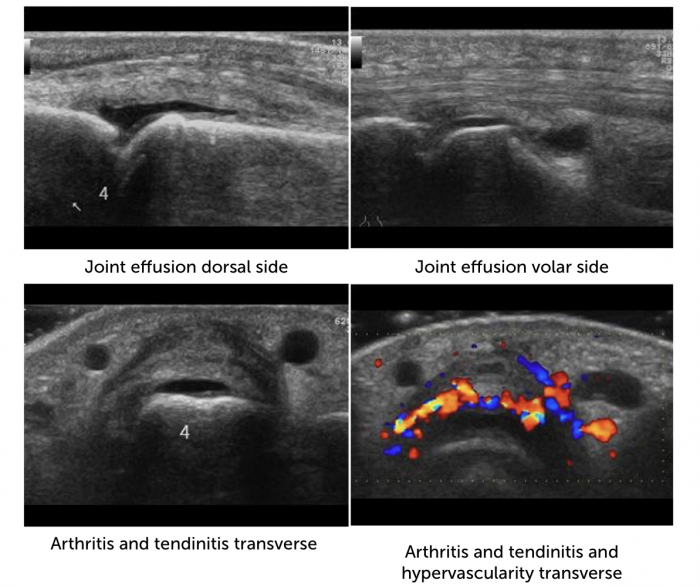
Arthritis and Tendinitis of the metacarpophalangeal 4 (MCP 4) joint with joint effusion and hypervascularity (Source: https://www.ultrasoundcases.info)
Transverse view of the wrist synovitis. Active synovitis of the wrist, with hypervascularisation in a patient with rheumatoid arthritis
Overtaking maneuvers
Several years later in 1966, Barnard returned to the US, this time to the Medical College of Virginia where Richard Lower was working at the time. Barnard observed the animal studies that Lower and his team were conducting. Before he left he confided that he will perform the first heart transplantation on his return. Even though Barnard had less experience he had an important advantage:
The legislation prohibited the explanation of a beating heart in the United States (the definition of “brain death” was not yet established).
Therefore Richard Lowe and Norman Shumway hesitated to perform heart transplantation. This obstacle did not exist in South Africa.
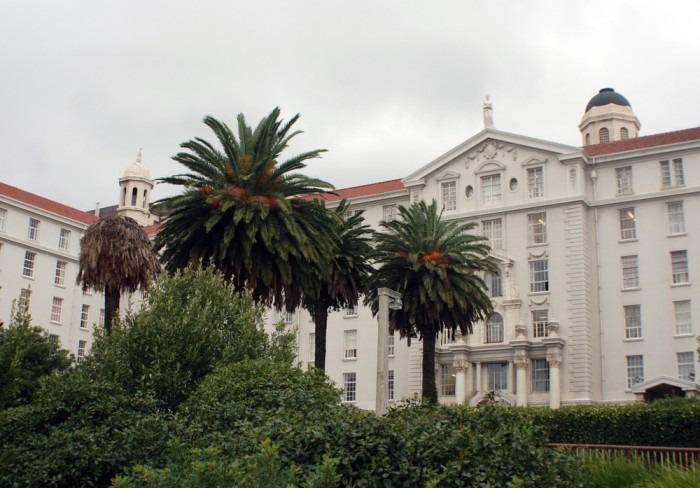
Groote Shuur hospital in Cape Town South Africa credit: Meunierd /Shutterstock
A medical milestone
On the night of 2/3 December, 1967 Christiaan Barnard performed the very first human-to-human orthotopic heart transplant on Louis Washkansky and captured all the fame and glory.
Richard Lowe suffered a lifetime from the defeat. He was later quoted:
“In 1966 I did not proceed with the heart transplant and God never forgave me for my hesitation. So glory and reputation went to Cape Town, South Africa, and not to Richmond, Virginia.”
https://www.123sonography.com/blog/celebrity-case-reports-part-2-josef-stalin-dangerous-patientEchocardiogram after heart transplantation; Note the presence of an elongated left and right atrium. This is the result of leaving parts of the recipient’s atria in place and connecting them to the donor atria. This method is now abandoned.
Barnard retired from surgery at the age of 61. His arthritis had continuously progressed, leaving his knuckles swollen and his wrists stiff. Holding the scalpel, tying knots, and standing at the operating table had become increasingly more difficult. Barnard confessed:
“I have had occasions now where during surgery it was just too painful to continue and I had to ask my assistants to take over.”
He spent the last years of his life in South Africa and Austria where he established the Christiaan Barnard Foundation, which was dedicated to underprivileged children.
Christiaan Bernard died on the 2nd of September 2001 while on vacation in Cyprus - according to official reports as the result of an asthma attack.
Did Barnrads arthritis influence the race for the first transplantation? No question, Barnard was a very charismatic but also an ambitious surgeon. Fame and Glory were important to him but often it is the notion that time is running out that gives humans the extra push to do great.
In the next “celebrity case report” we will deal with a celebrity who is no less famous. The man that revolutionized our understanding of the universe, space, and time. There you will find out how Albert Einstein dealt with his illnesses?
Best,
Thomas Binder, Ulli Handler, and the 123sonography team
PS If you missed the previous Celebrity cases here they are:
